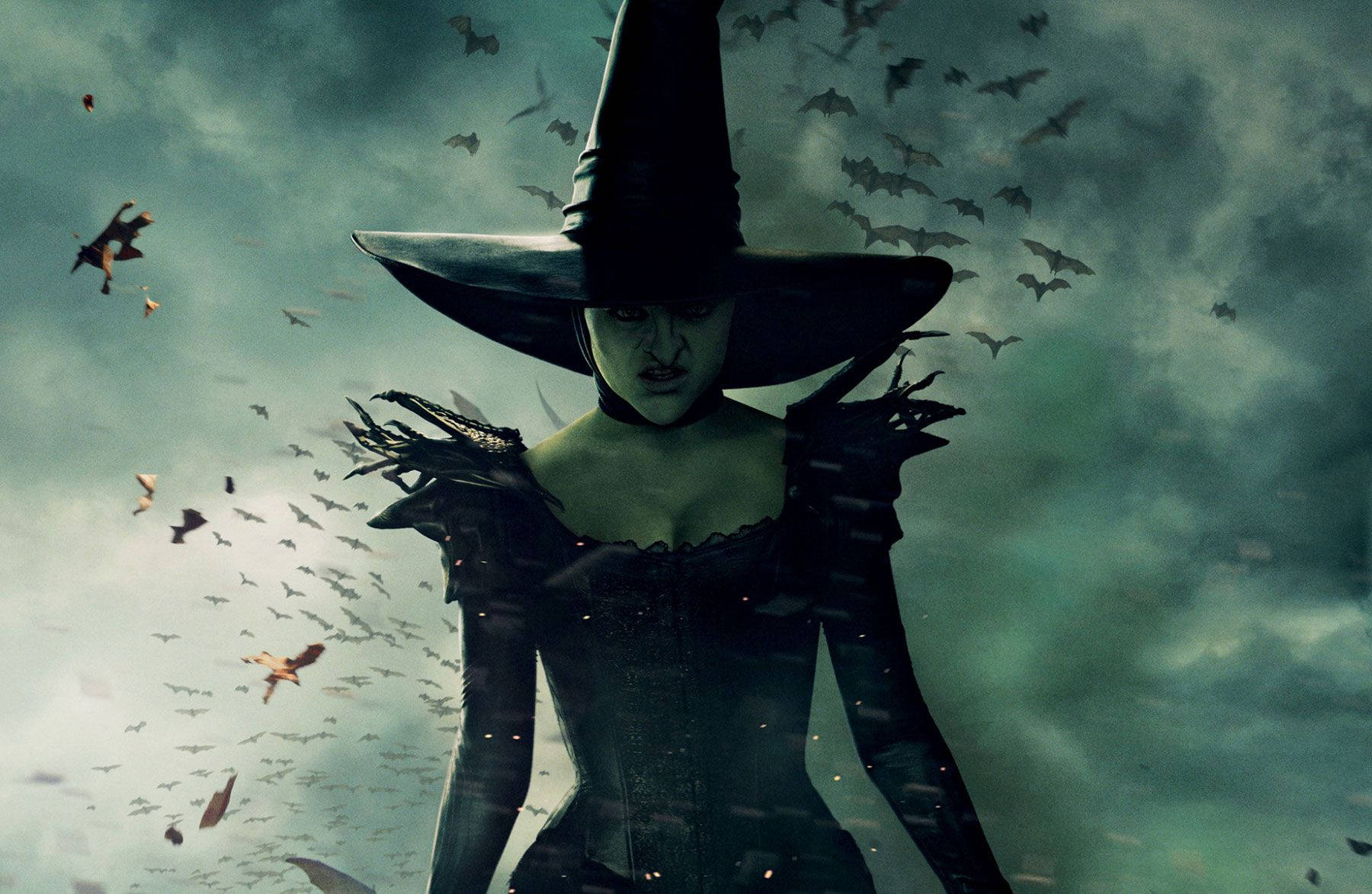
FAQ About Magic in the Middle Ages
Magic in the Middle Ages
2 years ago | gizem
How were alleged witches identified and prosecuted during witch trials?
The identification and prosecution of alleged witches during witch trials were often based on a combination of social, religious, and legal factors. The process of identifying and prosecuting witches varied across different regions and time periods, but there were some common patterns. Here are the typical steps involved in the identification and prosecution of alleged witches during witch trials:
- Accusations: Witch trials often began with accusations made by individuals or groups within the community. Accusations were frequently driven by personal grievances, conflicts, rumors, or suspicions against a particular individual, often a woman, who was perceived as different or held outsider status.
- Interrogation: Accused individuals were subjected to questioning and interrogation. During the interrogation, authorities sought to extract confessions or evidence of witchcraft. In many cases, the accused were subjected to physical and psychological torture to elicit confessions, leading to false admissions.
- "Pricking" and "Casting Out the Witch's Mark": Witch-hunters believed that witches had a mark or spot on their body that indicated their pact with the devil. The accused were stripped and examined for such marks. A sharp instrument was used to prick the skin, and if the accused did not feel pain or bled differently, it was taken as evidence of witchcraft.
- Theorizing Maleficium: Accusers often claimed that the accused had caused harm or misfortune to others through magical means (maleficium). The alleged harm, such as illnesses, crop failures, or accidents, was attributed to the witch's actions.
- Witness Testimonies: Testimonies from witnesses, often neighbors or acquaintances, were used to strengthen the case against the accused. These testimonies might include stories of alleged supernatural occurrences or claims of witnessing the accused engaging in suspicious or unusual behaviors.
- Black Magic and Devil's Pact: Accused individuals were often accused of practicing black magic and having made a pact with the devil. The idea was that the accused had traded their soul for supernatural powers.
- Identification of Familiars: Some witch trials involved the identification of the accused's alleged familiar spirits, believed to be supernatural beings aiding the witch. These "familiars" were often believed to be animals or demons in disguise.
- Confessions Under Torture: The use of torture was common during witch trials to extract confessions. Torture methods included sleep deprivation, water dunking, strappado (hanging from the wrists), and the infamous "witch's bridle" or "scold's bridle," a metal contraption used to silence and humiliate accused women.
- Trial and Verdict: After the interrogation and collection of evidence, the accused would stand trial. The trial might be presided over by local authorities, church officials, or specially appointed witch judges. Verdicts were often predetermined, and the accused were usually found guilty.
- Execution: Those found guilty of witchcraft were often sentenced to death, most commonly by burning at the stake. Other forms of execution included hanging, drowning, or decapitation.
